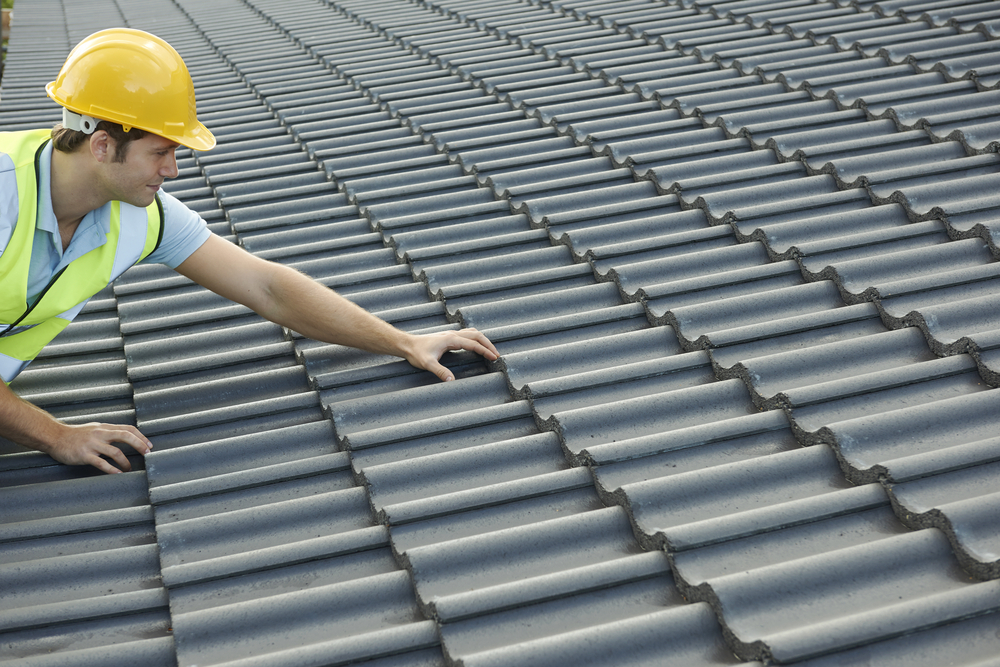When it comes to roofing, slate has long been a popular choice for homeowners across the globe. Its natural beauty, durability, and longevity have made it a staple in the construction industry for centuries. However, as architectural styles and design preferences have evolved over time, so have slate roofs. Today, slate roofs have transformed to suit every home's aesthetic, seamlessly blending heritage with modernity.
Traditionally, slate roofs were commonly found in heritage and historical buildings. The timeless elegance and classic appeal of slate made it a perfect fit for structures with a rich history. The dark, earthy tones of slate gave these buildings a sense of grandeur and added to their overall charm. Many historic landmarks, such as castles, cathedrals, and manor houses, still boast their original slate roofs, proudly showcasing their heritage.
However, as architecture began to shift towards more modern and contemporary designs, slate roofs needed to adapt. Architects and homeowners alike wanted to incorporate slate into their new, innovative designs while still maintaining a cohesive aesthetic. This led to the development of new techniques and variations in slate roofing.
One of the most notable advancements in slate roofing is the introduction of different shapes and sizes. Traditionally, slate tiles were uniform in size and shape, leading to a more uniform appearance. Modern slate roofs, on the other hand, embrace asymmetry and irregularity. Varying shapes and sizes of slate tiles can now be used to create unique patterns and designs, giving homes a more modern and eclectic look.
Another significant evolution in slate roofing is the expansion of color options. While traditional slate roofs were primarily gray or black, today's slate roofs come in a wide range of colors. Homeowners can now choose from a palette of earthy tones, including green, red, blue, and purple. This allows for greater customization and ensures that every home can find a slate roof that perfectly complements its aesthetic.
Furthermore, advancements in roofing technology have made slate roofs more accessible and easier to install. Innovative installation methods, such as interlocking systems, have simplified the process and reduced the time and cost associated with slate roof installation. This has made slate roofs a viable option for homeowners who may have previously been deterred by the perceived complexity and expense.
Despite these modern advancements, slate roofs still maintain their key characteristics that have made them a popular choice for centuries. Slate remains incredibly durable and resistant to extreme weather conditions, ensuring that homeowners are protected for years to come. Its natural beauty and unique texture also make it a standout feature of any home, regardless of its architectural style.
In conclusion, slate roofs have evolved from being exclusively associated with heritage and historical buildings to becoming a versatile choice for modern homes. The introduction of new shapes, sizes, and colors, along with advancements in roofing technology, have allowed homeowners to incorporate slate into their designs while maintaining their desired aesthetic. Whether it's a traditional heritage home or a contemporary masterpiece, slate roofs have adapted to suit every home and continue to be a timeless and elegant roofing solution.

